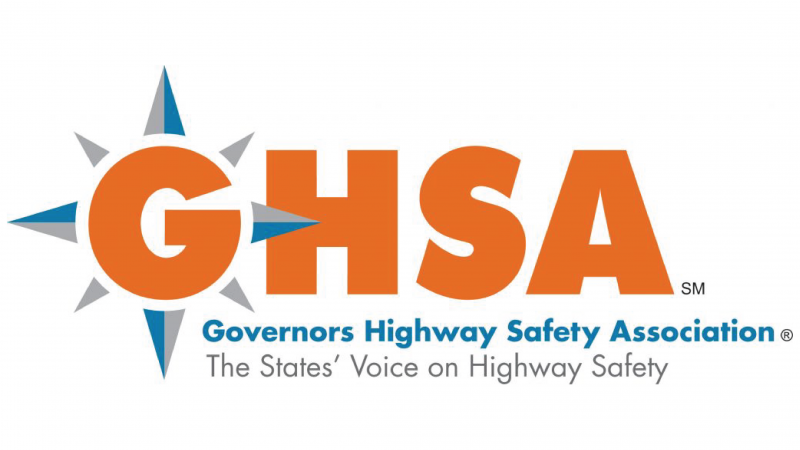Teens and Speeding: Breaking the Deadly Cycle
The U.S. has a speeding problem. Driving at high rates of speed or too fast for conditions is one of the most prevalent factors contributing to serious and fatal crashes on our nation’s roadways. Over the past five years (2015-2019), speeding has claimed the lives of approximately one-third of all people killed in motor vehicle crashes. While speeding is risky for all drivers, it is particularly problematic for teens 16 to 19 years of age. A closer look at the speeding data reveals a troubling and persistent trend—teen drivers and their passengers accounted for a greater proportion of speeding-related fatalities than all other motorist age groups (43% versus 30%).
Why the disparity? Teen drivers do not have the experience necessary to recognize and quickly react appropriately to dangerous situations, which makes speeding even riskier for them. This propensity to speed, however, is not innate. Teens learn about speeding at an early age, as they ride in vehicles driven by their parents and other adults and observe persistent speeding behavior. They are likely taught by driver education professionals and/or their parents that speeding is dangerous. But as teens gain confidence behind the wheel, their travel speeds are likely to increase and be exacerbated by other drivers on the road. For teens, like the adults they grew up riding with, keeping up with traffic—even if it requires going well over the speed limit—becomes the norm.
This report examines what we know about speeding-related teen driver fatal crashes—the driver was more likely to be male (37% versus 28%), have run-off the road or rolled over the vehicle and to be unbelted. While the youngest teen drivers (16- and 17-year-olds) have the highest fatal crash risk due to lack of experience, their older counterparts (18- and 19-year-olds) are more likely to crash later at night (midnight to 5 a.m.) and on highways and freeways. And when it comes to passengers, the risk of a teen driver being involved in a speeding-related fatal crash increases exponentially with each additional peer in the vehicle.
Breaking this deadly cycle is critical for driving down serious injuries and deaths involving teen drivers and their passengers. The good news is that this problem is not insurmountable. This report identifies some of the best no-tech, low-tech and high-tech resources (many of which are free) available to help families rein-in their speeding teens—and for parents to monitor their own driving speeds, as well. These include parent-teen driving agreements, state graduated driver licensing systems, peer-to-peer and parent-education programs, online training, and in-vehicle safety technology. Even a teenager’s cellphone can be tapped to deliver information to mom and dad about their speeding and other driving behaviors via free or low-cost apps.
The key is convincing parents to not only learn about and leverage these resources, but also to recognize the danger speeding poses for their teen drivers and take appropriate action. The former is the job of the State Highway Safety Offices and their partners working in the teen driving arena, which is why this report includes recommendations directed specifically at them.
Read the full report here.
